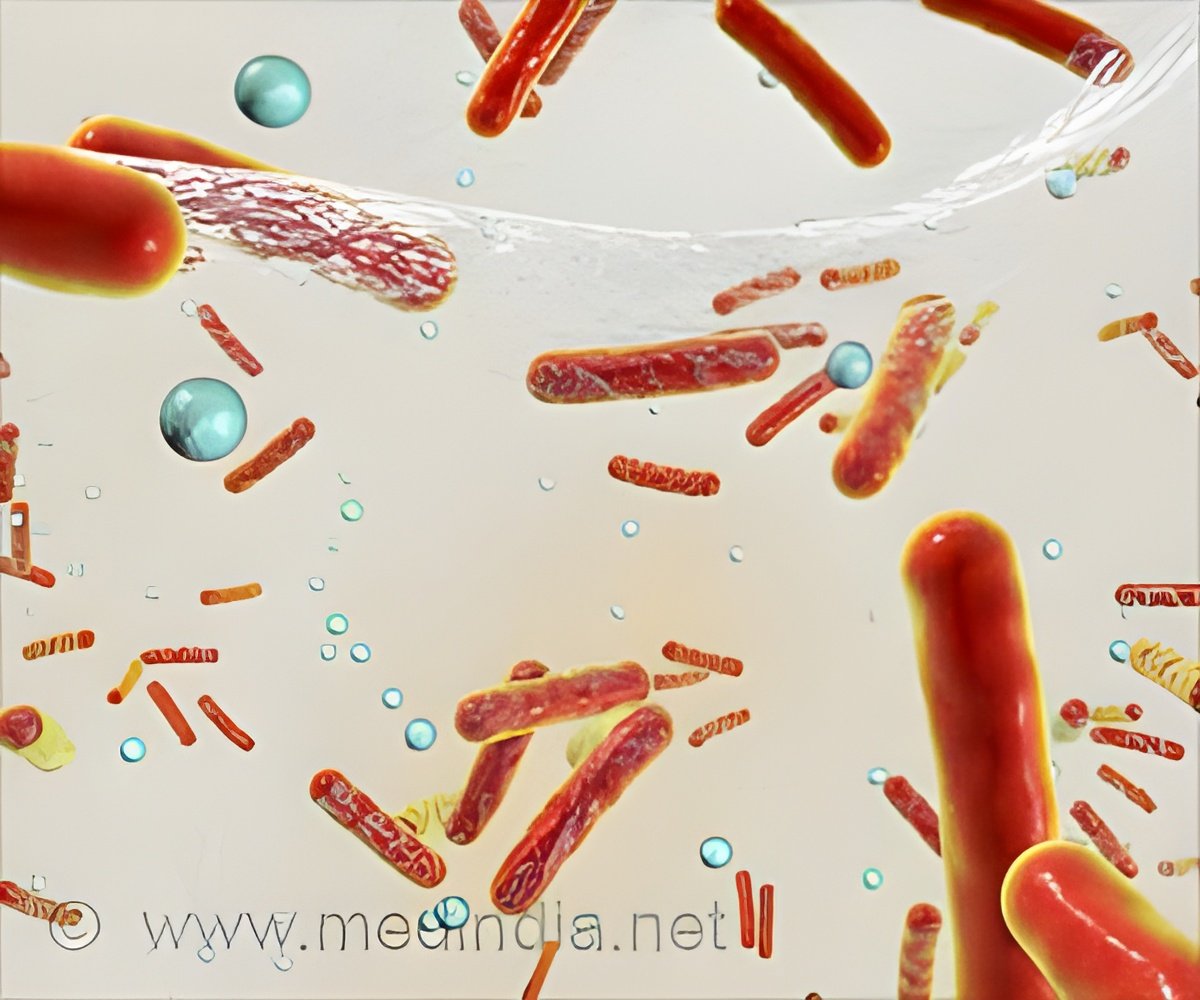New polymer kills resistant pathogens due to its unique molecular architecture, which attracts water to a sequence of repeat units that are chemically modified with sulfonic acid groups.

‘New polymer is a promising alternate weapon to combat drug-resistant pathogens in settings like hospitals, doctor's offices, senior-living facilities where pathogen transmission can have adverse consequences.’





"And what we found is extremely promising as an alternate weapon to existing materials-related approaches in the fight against drug-resistant pathogens. This could be particularly useful in clinical settings - such as hospitals or doctor’s offices - as well as senior-living facilities, where pathogen transmission can have dire consequences." "When microbes come into contact with the polymer, water on the surface of the microbes interacts with the sulfonic acid functional groups in the polymer - creating an acidic solution that quickly kills the bacteria," says Reza Ghiladi, an associate professor of chemistry at NC State and co-corresponding author of the paper. "These acidic solutions can be made more or less powerful by controlling the number of sulfonic acid functional groups in the polymer."
The researchers tested the polymer against six types of bacteria, including three antibiotic-resistant strains: MRSA, vancomycin-resistant Enterococcus faecium, and carbapenem-resistant Acinetobacter baumannii. When 40% or more of the relevant polymer units contain sulfonic acid groups, the polymer killed 99.9999% of each strain of bacteria within five minutes.
The researchers also tested the polymer against three viruses: an analog virus for rabies, a strain of influenza and a strain of human adenovirus.
"The polymer was able to fully destroy the influenza and the rabies analog within five minutes," says Frank Scholle, an associate professor of biological sciences at NC State and co-author of the paper. "While the polymer with lower concentrations of the sulfonic acid groups had no practical effect against human adenovirus, it could destroy 99.997% of that virus at higher sulfonic acid levels."
Advertisement
"In laboratory settings, you could do this by dipping the polymer into a strong acid," Ghiladi says. "But in other settings - such as a hospital room - you could simply spray the polymer surface with vinegar."
Advertisement
"The work we’ve done here highlights a promising new approach to creating antimicrobial surfaces for use in the fight against drug-resistant pathogens - and hospital-acquired infections in particular," Ghiladi says.
"Functional block polymers like this are highly versatile - usable as water-treatment media, soft actuators, solar cells and gas-separation membranes - and environmentally benign since they can be readily recycled and re-used," Spontak adds. "These features make them particularly attractive for widespread use.
"And this work focused on only one polymer series manufactured by Kraton Polymers," Spontak says. "We are very eager to see how we can further modify this and other polymers to retain such effective and fast-acting antimicrobial properties while improving other attributes that would be attractive for other applications."
Source-Eurekalert






